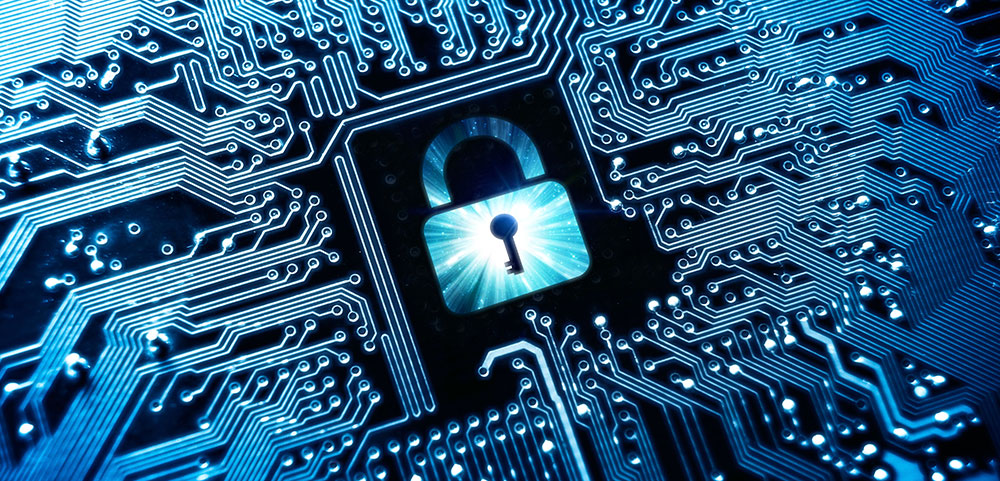A. Taken from the Internet Security Systems text on securing a network.
How To Secure a Network in Simple Steps:-

1. Well, first of all, you should know what type of resources that you’re trying to protect: CPU, files, storage devices phone lines, etc…
2. Determine the host-specific security measures needed. Password protection, file encryption, firewall, etc…
- Determine who the computer systems must be defended.
- Determine the likelihood of a threat.
- Implement measures to protect network resource.
3. Consider the corporate budget when planning for Internet Security.
4. Design a Security Policy that describes your organization’s network security concerns. This policy should take into account the following:
- Network Security Planning Site Security Policy Risk Analysis Risk analysis involves determining the following: What you need to protect What you need to protect it from How to protect it Estimating the risk of losing the resource Estimating the importance of the resource
Read More:- Top 6 Disturbing Items for Sale on the Deep Web
How to Secure a Network From Hackers
5. Consider the following factors to determine who will grant access to services on your networks:
- Will access to services be granted from a central point? What methods will you use to create accounts and terminate access?
6. Design and Implement Packet Filter Rules
7. Ensure your Firewall has the following properties:
- All traffic from inside to outside, as well as outside to inside must pass through the firewall.
- Allow only authorized traffic as defined by your corporate security policy be passed through the firewall.
- Ensure the firewall is immune to penetration.
8. Educate users about password protection:
- Educating users not to use passwords that are easy to guess.
- Ensuring the password lengths are adequate.
- Running a password guesser.
- Requiring the use of a password generator.
- Always use a mixture of upper- and lowercase characters.
- Always use at least one or two non-alphanumeric characters.
- Never using dictionary words or ones spelt backwards.
- Never using a portion or variation of a proper name, address or anything that could obviously identify you (the user).
9. Security-related organizations play an integral role in the development and deployment of Internet technologies. Keep abreast of the latest in security-related activities by visiting their Web sites. Here are some key security-rated organizations which aid corporations such as yours in keeping the Internet a safer place to compute:
ACM/SIGSAC at gopher://gopher.acm.org/.
CERT (a 24-hour Computer Emergency Response Team) at ftp://info.cert.org/pub/cert_faq and https://www.się.cmu.edu/SEI/programs/cert.html.
CIAC (U.S. Department of Energy’s Computer Incident Advisory Capability) at http://ciac.llnl.gov/
CPSR (Computer Professionals for Social Responsibility) at http://cpsr.org.home EFF (Electronic Frontier Foundation) at http://www.eff.org/
EPIC (Electronic Privacy Information Center) at http:/epic.org/
FIRST (Forum of Incident Response and Security Teams) at http://first.org/first/ Internet Society at http://www.isoc.org/
So these are the step you can follow for secuiring your network, because if go to deep web you need to know how you can secure your network from hackers and other marware spyware.
